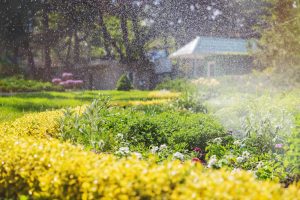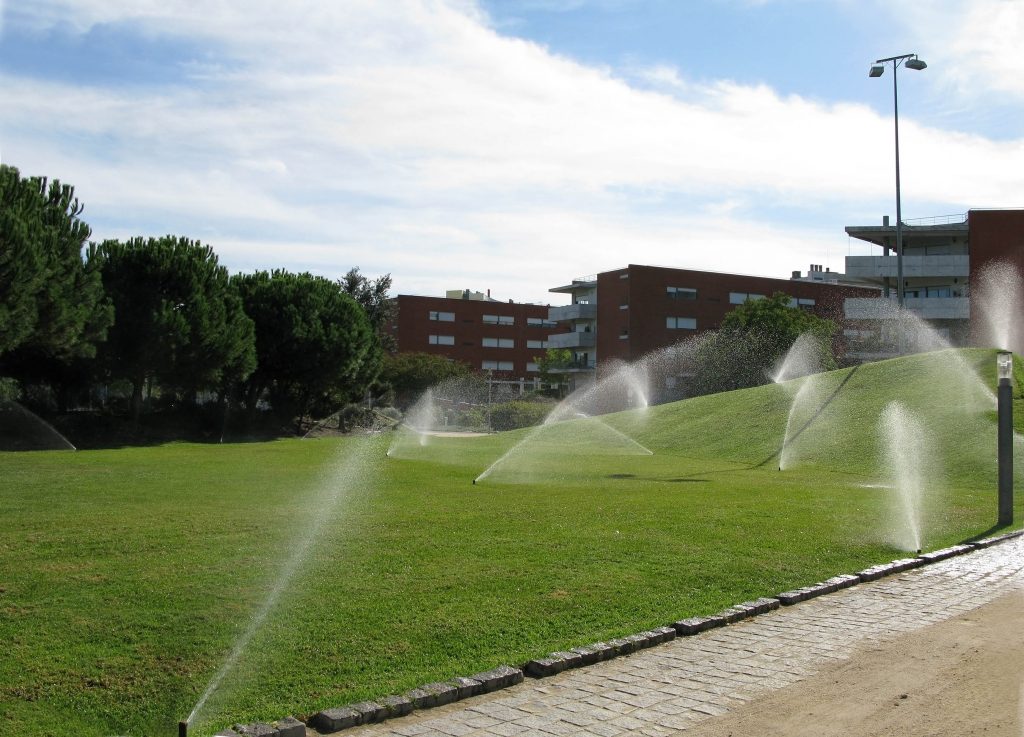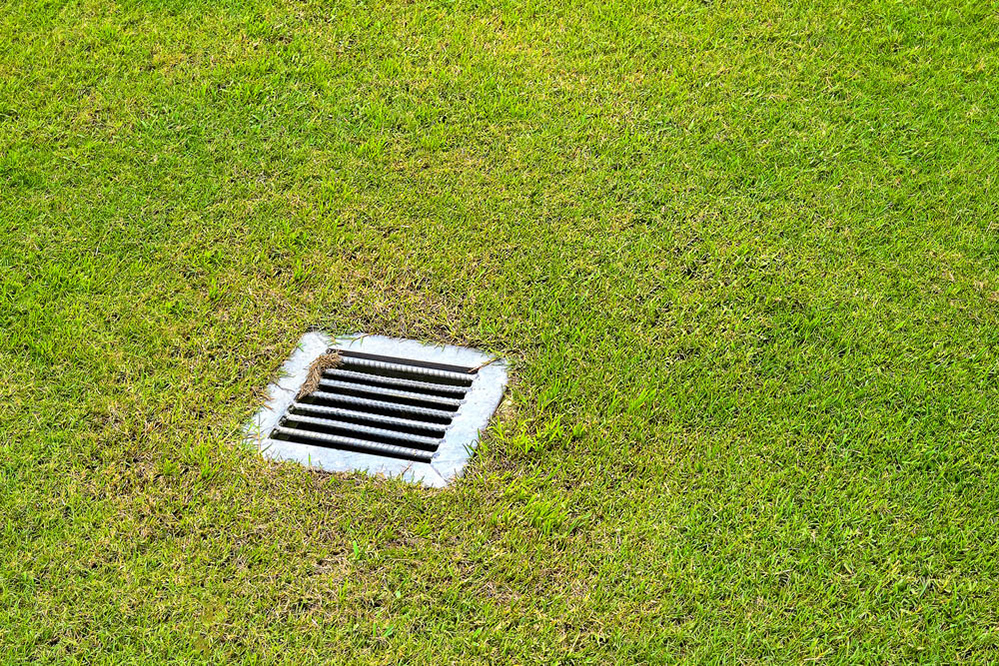Winterizing an Irrigation System

In most parts of the country, freezing and potential freezing damage to the drip irrigation system during the winter is a real concern. If you want to learn how to winterize the irrigation system and winterize the garden hoses, follow the simple steps below to make sure they’re ready for the winter. This winterization tips can save you time, hassle, and money and get you ready for spring weather.
Switch off and drain the system. Turn off the main water supply, and detach the socket assembly (a timer, fan, pressure regulator, etc.) at the start of the operation. These components should be drained and brought inside to protect them from freezing. Battery timers should have the batteries replaced during the winter to avoid damage and corrosion.
Open all of the manual valves and disconnect the end fittings to empty the irrigation system. Poly mainline tubing is not affected by freezing, but the fittings will break if the water is left in them. When draining the lines, slightly lift the fittings to make sure they are drained.
Flush valves can be installed at low points in the line to help drain the system. Flush valves will open every time the system shuts down, releasing the water stuck in the pipe. Emitters can also be installed at low points to help with drainage.
Blowing out the lines
Another common method is to blow out the lines with compressed air. This is a time-saving and efficient method. Before blowing out the lines, make sure to remove the end fittings to avoid damaging the irrigation system.

Seal Off Open Lines
After the lines have been drained, make sure to replace all end fittings. Leave the end caps loose to allow draining throughout the winter.
The start of the system, where the faucet assembly was removed, should also be sealed off. Use the female hose plug to seal the female hose starting to fit at the start of the system. A plastic bag or another filter may also be used to protect the opening of the device.
Always leave the lines open; dirt, insects and other creatures that take shelter in the open.
Spring Start-Up
When restarting the machine for the new growing season, make sure to tighten all end caps and search for leakage or any disruption that may have happened during the winter season. Fresh alkaline batteries should be mounted in the timer of the pump. Any cracked or damaged components are to be replaced.
They hope these tips will help you prepare for the approaching cold weather. If any questions remain about wintering in general or wintering products and techniques in particular, please give us a toll-free call or fill in and submit our online question form. You can find expert staff like with Conroe Sprinkler who will be pleased to help you get your irrigation system safely through the winter.
Winterizing an Irrigation System Read More »


